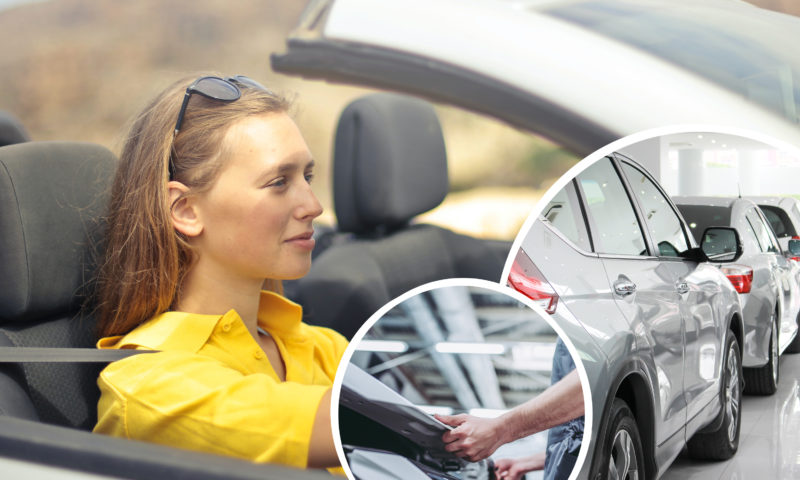
As vehicles become more and more of a commodity, the business of buying and selling second-hand cars keeps on booming. Used cars make an interesting acquisition; especially for drivers looking for a cheaper alternative. This exercise, however, can be quite risky. One could easily find themselves buying someone else’s problem.
Having an inquisitive eye is what can save you from misfortune. We’ve highlighted the top 10 guidelines to watch out for.
- Go through the car to analyse any damages with a fine-tooth comb. Engage a reliable mechanic with satisfactory expertise. They can point out blemishes or deterioration, such as rust and trailer damages, which are only noticeable to the expert eye. Their know-how might be of great use, given they can detect if your chosen vehicle was ever involved in an accident.
- Check for leakages under the car, which can indicate hidden problems. There should be no warning signs showing on the dashboard. Oil and coolant should be new.
- If you’re buying the second-hand car from a private individual (not a dealer), enquire about the reason behind the sale. This might give you an indication as to whether the previous owner is just upgrading to a newer model or whether the car might have given them signs of problems.
- Always test drive the car. See that no shudders are experienced when shifting gears; for both automatic and manual transmissions. Investigate the efficiency of the break pads with a planned sudden break. Ensure you are in a clear spot and don’t place any drivers or pedestrians in potential danger.
- Understand the distinction between a small and larger engine. Purchasing a second-hand car is not just a one-time expense, but consider its fuel expenditure in the long-run.
- If you’re buying a second-hand car off a dealer, ask when their next shipment is due. They might get an influx of new vehicles, possibly newer models or versions you may consider.
- Make sure you understand what the guarantee given by your dealer encompasses. Shop around with other dealers to find the best price and guarantee conditions.
- Once you’re committed to a particular vehicle, consider giving the private owner or dealer a small deposit to reserve it for you.
- Get a written confirmation from the second-hand car dealer that tyres are to be replaced before the sale is completed. Used cars from Japan usually come with ice tyres, whose threads have larger gaps than the summer ones. Numerous VRT tests were failed for this reason. Driving with ice tyres on Maltese roads is also very dangerous as it may cause accidents.
- Verify the vehicle’s road licence fee. Certain second-hand cars might come with a cheaper price tag to compensate for their higher road licence fee which increases every year.
